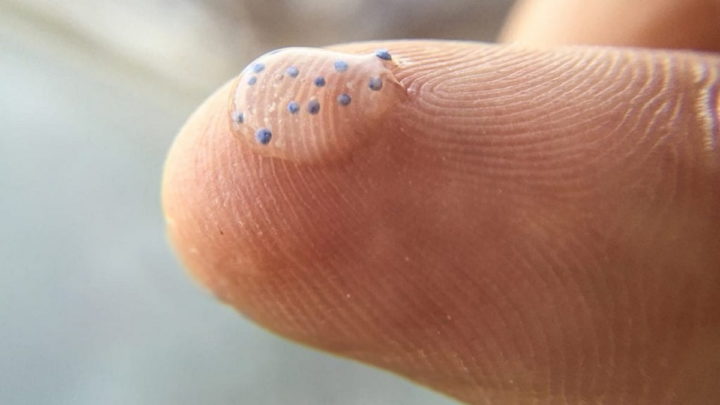Microplastics have been found in our lungs and blood, in ancient rocks, and in bottled water. A new study now suggests they may be infiltrating the brain.
An international team of scientists analyzed the olfactory bulbswhich are the masses of brain tissue that receive olfactory information from the nose, in 15 deceased human beings. In this analysis, he discovered the presence of microplastics in eight of them.
Researchers have previously found microplastics in brain blood clots, but this is the first published study detecting the material in real brain tissue. Another similar research paper is now undergoing peer review.
Although microplastics have been detected in various human tissues, their presence in the human brain has not been documented, raising important questions about potential neurotoxic effects and the mechanisms by which microplastics may reach brain tissues.
The researchers wrote in the published article, according to Science Alert.

Microphotograph of nylon found in olfactory bulb tissue (Amato-Lourenço' et al., JAMA Network Open, 2024)
Impact of microplastics on the human brain is unknown
The researchers note that particles and fibers were the most common forms, and that polypropylene was the most common polymer: this is one of the most widely used plastics, found in everything from packaging to car parts and medical devices.
Particle sizes ranged from 5.5 micrometers to 26.4 micrometers, or no more than a quarter of the width of an average human hair.

Investigations previous discovered that air pollution particles travel through the olfactory pathway. This latest study suggests that microplastics may be using the same pathway to reach the brain, through tiny holes in the cribriform plate (just below the olfactory bulb).
The identification of microplastics in the nose and now in the olfactory bulb, together with vulnerable anatomical pathways, reinforces the notion that the olfactory pathway is an important site of entry of exogenous particles into the brain.
According to experts, the link between air pollution and cognitive problems has already been cemented. If microplastics are entering our nasal passages, the situation is likely to get worse.
Some neurodegenerative diseases, such as Parkinson's disease, appear to have a link with nasal abnormalities as early symptoms.
Despite these health risks and impacts, plastic production has doubled in the last 20 years, raising concerns about the future of human health.
Read also:
Source: pplware.sapo.pt


